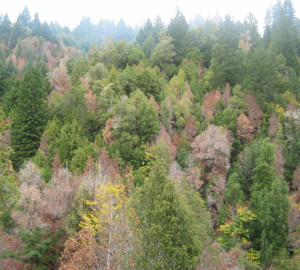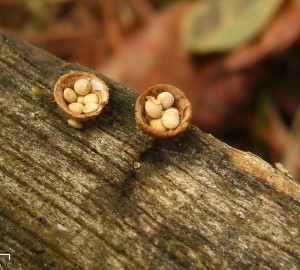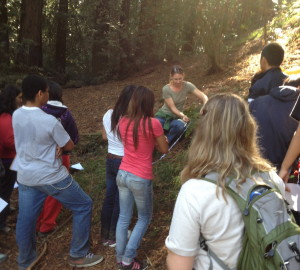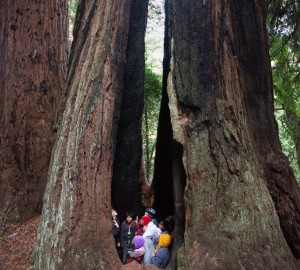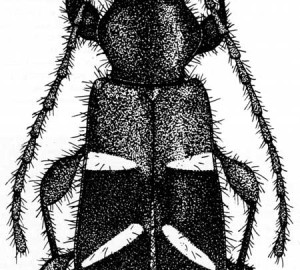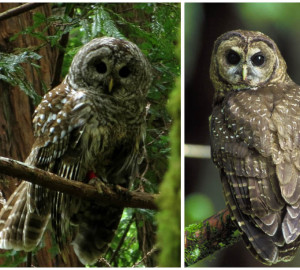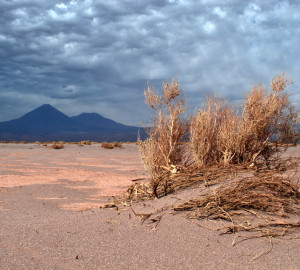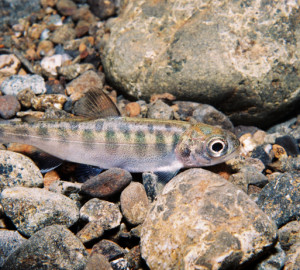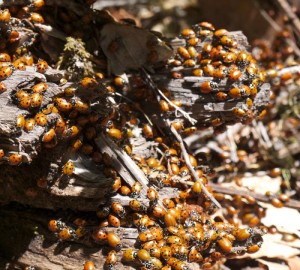Why are all the tanoaks dying?
onDuring a recent walk through Sam MacDonald Park in San Mateo County, I noticed many downed, brown-leafed tanoak trees amongst the towering redwoods. At first I wondered why the county would cut down so many trees, but then I realized …
